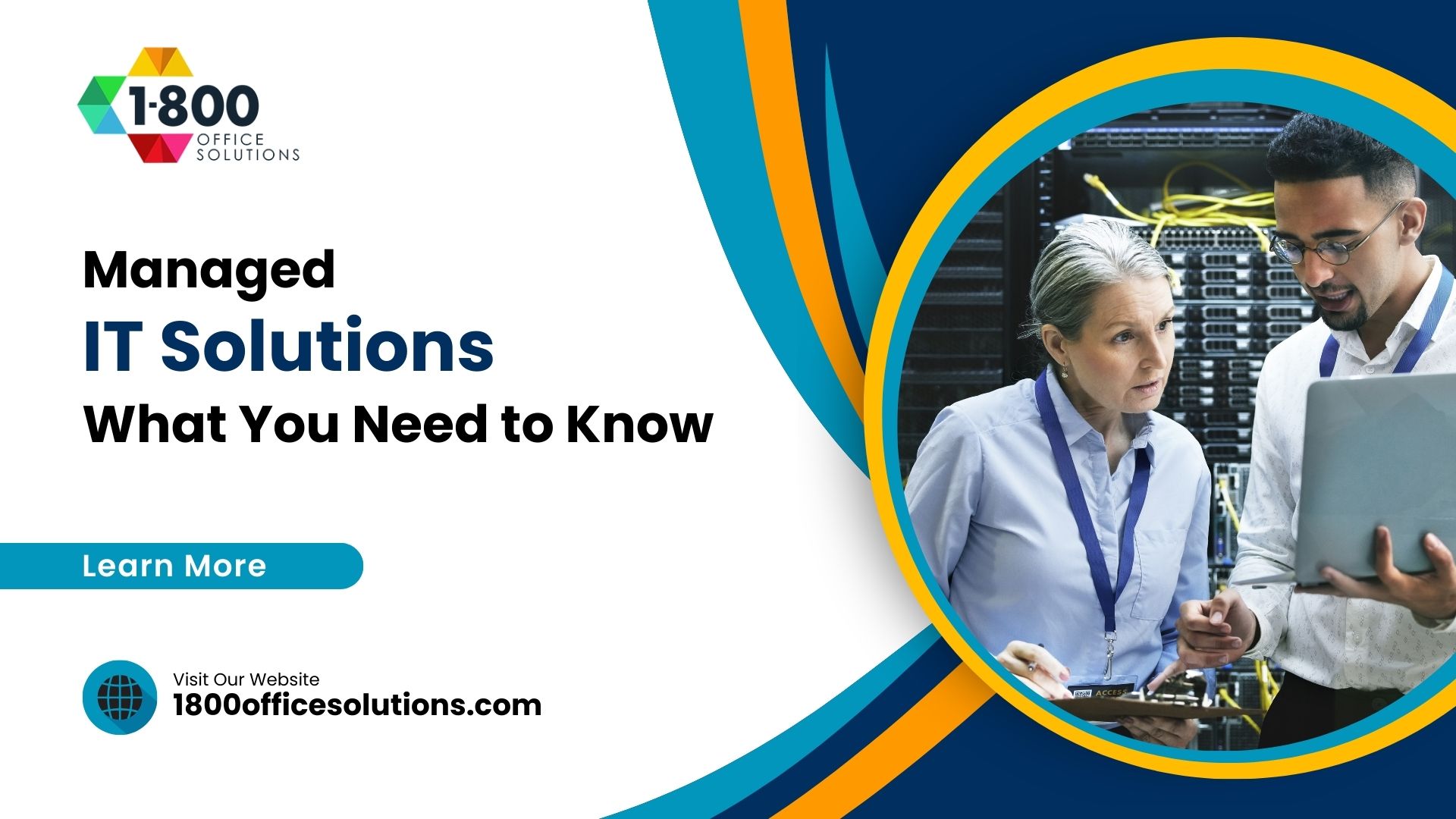How Vulnerability Risk Management Services Can Save Your Business Money
Vulnerability Risk Management Services
Cybersecurity is important for every business. As companies increasingly rely on digital infrastructure, they become more susceptible to cyber threats. This is where vulnerability risk management services come into play. These services are essential for identifying, evaluating, and mitigating vulnerabilities that could be exploited by cybercriminals.
In this article, we will explore the comprehensive scope of vulnerability risk management services. We’ll discuss their importance, how they operate, and the myriad benefits they offer businesses. Furthermore, we’ll provide detailed insights into how these services can save your business money by preventing costly data breaches and ensuring compliance with regulations.
By the end of this article, you will have a clear understanding of why investing in risk-based vulnerability management is a wise decision for any business aiming to protect its digital assets and maintain operational continuity.
Understanding Vulnerability Management
What is Vulnerability Risk Management?
Vulnerability risk management is a proactive approach to identifying, evaluating, and mitigating vulnerabilities within an organization’s IT infrastructure. It involves several key components that ensure a comprehensive defense against cyber threats.
At its core, vulnerability risk management involves identifying potential weaknesses in a system, assessing the risk they pose, and implementing measures to remediate these vulnerabilities.
The main components include vulnerability assessment, risk-based approach for evaluation, and vulnerability remediation strategies. These processes work in tandem to create a robust defense system. According to NIST, these steps are crucial for maintaining a secure environment.
Importance of Vulnerability Management
Understanding the importance of vulnerability risk management is crucial for any business.
Protection Against Cyber Threats: Vulnerability management protects against various cyber threat intelligence. By regularly scanning and assessing systems, businesses can identify and fix vulnerabilities before they are exploited.
Cost Implications of Neglect: Neglecting vulnerability management can lead to severe financial consequences. Data breaches can result in significant monetary losses, legal penalties, and damage to a company’s reputation. Investing in these services can help avoid these costly scenarios.
Common Vulnerabilities in Businesses
Businesses face various types of vulnerabilities. Recognizing these can help in addressing them effectively.
Software Vulnerabilities: These are flaws within software applications that can be exploited. Regular updates and patches are essential to fix these vulnerabilities.
Network Vulnerabilities: These vulnerabilities occur within a network’s infrastructure, making it susceptible to attacks. Implementing strong network security protocols can mitigate these risks.
Human Factors: Often, employees unknowingly become the weakest link in cybersecurity. Therefore, continuous training and awareness programs are vital.
How Vulnerability Risk Management Services Work
Identifying Vulnerabilities
The first step in vulnerability management is identifying vulnerabilities. This involves several critical activities.
Vulnerability Assessments: These are systematic reviews of a system to identify security weaknesses. They help in cataloging vulnerabilities and understanding their impact on the organization.
Penetration Testing: Also known as ethical hacking, penetration testing involves simulating cyber-attacks to identify how a system can be breached. This helps in understanding the system’s resilience to real-world threats.
Evaluating Risks
Once vulnerabilities are identified, the next step is evaluating the risks they pose.
Risk Analysis Methodologies: These methodologies help in assessing the potential impact of identified vulnerabilities. They involve calculating risk scores based on the severity and exploitability of each vulnerability.
Prioritization of Threats: Not all vulnerabilities pose the same level of threat. Therefore, prioritizing them based on their risk scores is essential. This allows the security team to address the most critical vulnerabilities first, ensuring efficient use of resources.
Mitigating Vulnerabilities
After evaluating the risks, it’s time to mitigate the vulnerabilities.
Implementation of Security Measures: This involves deploying security patches, updating software, and configuring systems to eliminate vulnerabilities.
Continuous Monitoring: Vulnerability management is not a one-time task. Continuous monitoring is necessary to ensure new vulnerabilities are identified and addressed promptly. Utilizing vulnerability scanning tools helps maintain visibility into the system’s security posture.
Benefits of Vulnerability Risk Management Services
Financial Savings
Vulnerability risk management can lead to substantial financial savings for businesses.
Cost of Data Breaches: Data breaches can be incredibly costly. Implementing robust vulnerability management practices helps prevent breaches, thereby saving the business from financial losses.
Avoiding Penalties and Fines: Regulatory bodies often impose heavy fines for non-compliance with security standards. Effective vulnerability management ensures compliance, avoiding these penalties.
Enhanced Business Reputation
A secure business is a trusted business.
Building Trust with Customers: Customers trust businesses that prioritize vulnerabilities and their security. Demonstrating a commitment to cybersecurity through vulnerability management helps build and maintain this trust.
Competitive Advantage: In a market where data breaches are common, a strong security posture can be a significant competitive advantage. It sets your business apart as a reliable and secure entity.
Operational Efficiency
Effective vulnerability management also enhances operational efficiency.
Streamlining Security Processes: By automating vulnerability scans and assessments, businesses can streamline their security processes. This reduces the workload on the security team and ensures consistent security practices.
Proactive Threat Management: Proactively identifying and mitigating vulnerabilities allows businesses to manage threats before they materialize into significant issues. This proactive approach is crucial for maintaining a secure environment.
Choosing the Right Vulnerability Risk Management Service Provider
Key Considerations
Choosing the right vulnerability risk management service provider is crucial for protecting your organization’s assets. There are several key considerations to keep in mind.
Expertise and Experience: Look for providers with a proven track record in the field. Experienced providers understand the intricacies of vulnerability management and can offer insights that newer companies may lack. Their expertise ensures that vulnerabilities are identified and remediated efficiently.
Range of Services: The best providers offer a comprehensive range of services, from vulnerability assessments to continuous monitoring and remediation. This holistic approach ensures all aspects of your organization’s cybersecurity posture are addressed. For example, providers that include both manual and automated testing methods offer a more thorough assessment.
Evaluating Service Providers
Once you have a list of potential providers, it’s time to evaluate them more closely.
Customer Reviews and Testimonials: Customer reviews and testimonials provide valuable insights into a provider’s performance. Look for reviews on independent platforms to get an unbiased perspective. Positive testimonials can indicate reliability and effectiveness.
Read their case studies and it showcase a provider’s ability to handle real-world scenarios. They detail the challenges faced, solutions implemented, and results achieved. Reviewing case studies can give you a sense of how the provider has successfully managed vulnerabilities for other businesses.
Making the Decision
After evaluating potential providers, make a well-informed decision.
Cost vs. Value: While cost is an important factor, it shouldn’t be the only consideration. Evaluate the value offered by the provider in terms of services and long-term benefits. A slightly higher initial investment can lead to greater savings and enhanced security in the long run.
Long-term Benefits: Consider the long-term benefits of the service provider’s solutions. Effective vulnerability management not only protects your business but also improves operational efficiency and customer trust. Choose a provider that offers sustainable solutions and continuous support.
Best Practices for Implementing Vulnerability Risk Management Services
Developing a Comprehensive Security Plan
A robust security plan is the foundation of effective vulnerability management.
Assessing Current Security Posture: Begin by assessing your current security posture. Identify existing vulnerabilities and evaluate the risk they pose to your organization. This initial assessment sets the stage for a targeted and effective vulnerability management strategy.
Setting Clear Objectives: Define clear objectives for your vulnerability management program. These should include short-term goals, like patching high-risk vulnerabilities, and long-term goals, such as improving overall security posture.
Integrating with Existing Systems
Seamlessly integrating vulnerability management services with existing systems is crucial for success.
Compatibility and Interoperability: Ensure that the chosen vulnerability management tools are compatible with your current IT infrastructure. This avoids disruptions and maximizes the effectiveness of the new system.
Staff Training and Awareness: Train your staff on new vulnerability management processes. Awareness programs are essential for ensuring that all team members understand their roles in maintaining security. This reduces the risk of human error, which is often a significant factor in security breaches.
Regular Updates and Reviews
Regular updates and reviews are vital for maintaining an effective vulnerability management program.
Continuously improve your security measures by staying updated on the latest threats and vulnerabilities. Regularly updating your systems and processes ensures that you remain protected against emerging threats.
Cyber threats are constantly evolving. Adapt your vulnerability management strategy to address new vulnerabilities and attack methods. This proactive approach ensures that your organization remains secure in the face of changing threats.
What People May Also Ask
What are vulnerability risk management services?
Vulnerability risk management services identify, evaluate, and mitigate vulnerabilities in an organization’s IT infrastructure. They involve processes like vulnerability assessments, risk analysis, and remediation strategies.
How do vulnerability risk management services save money?
These services prevent costly data breaches by proactively identifying and addressing vulnerabilities. This helps avoid the financial losses associated with breaches, such as legal fines, remediation costs, and reputational damage.
What is the difference between vulnerability assessment and penetration testing?
A vulnerability assessment identifies and lists potential vulnerabilities in a system, while penetration testing simulates cyber-attacks to exploit these vulnerabilities and determine their real-world impact.
How often should vulnerability assessments be conducted?
Vulnerability assessments should be conducted regularly, ideally quarterly or after significant changes to the IT infrastructure. Regular assessments ensure that new vulnerabilities are promptly identified and addressed.
Can small businesses benefit from vulnerability risk management services?
Yes, small businesses can greatly benefit from these services. They provide essential protection against cyber threats, which can be devastating for small businesses with limited resources.
Conclusion
Vulnerability risk management services are essential for protecting your business from cyber threats. By identifying, evaluating, and mitigating vulnerabilities, these services prevent costly data breaches and enhance your security posture. Effective vulnerability management not only saves money but also builds trust with customers and improves operational efficiency. Therefore, investing in these services is a wise decision for any business aiming to safeguard its digital assets and ensure long-term success.
Ready to secure your business and save money? Trust 1800 Office Solutions for expert vulnerability risk management services in Orlando, Florida. Contact us today to protect your digital assets and enhance your cybersecurity posture!













